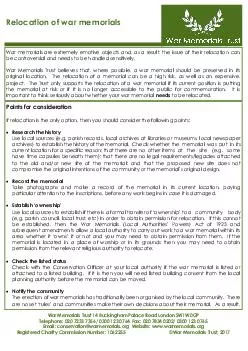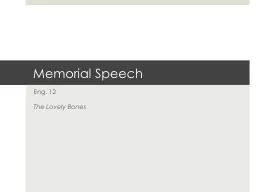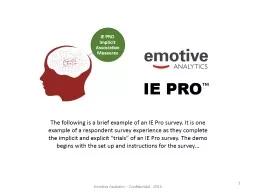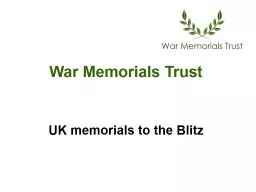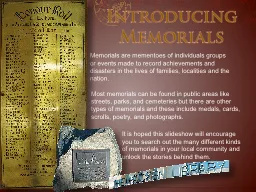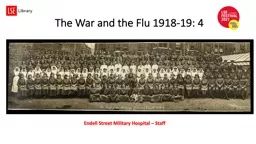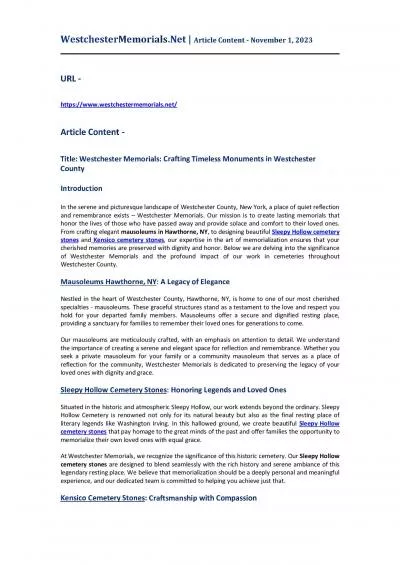PDF-War memorials are extremely emotive objects and, as a result, the issu
Author : celsa-spraggs | Published Date : 2017-02-10
If relocation is the only option then you should consider the following points Relocation of war memorials decisions about the future of war memorials are generally
Presentation Embed Code
Download Presentation
Download Presentation The PPT/PDF document "War memorials are extremely emotive obje..." is the property of its rightful owner. Permission is granted to download and print the materials on this website for personal, non-commercial use only, and to display it on your personal computer provided you do not modify the materials and that you retain all copyright notices contained in the materials. By downloading content from our website, you accept the terms of this agreement.
War memorials are extremely emotive objects and, as a result, the issu: Transcript
Download Rules Of Document
"War memorials are extremely emotive objects and, as a result, the issu"The content belongs to its owner. You may download and print it for personal use, without modification, and keep all copyright notices. By downloading, you agree to these terms.
Related Documents

